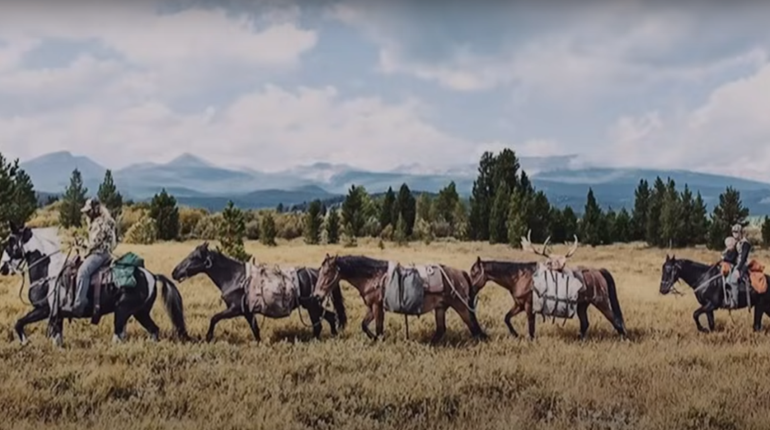
America’s hunters routinely receive the lion’s share of credit for this nation’s very impressive wildlife conservation programs. Which is not surprising, given that hunters pay for licenses and other fees that help fund state game agencies, plus support scores of conservation groups, large and small, working to better wildlife habitat.
Often, too, the Pittman-Robertson (P-R) Act of 1937 is discussed as part of what hunters do to support conservation in this country, a federal law that has, admittedly, pumped billions of dollars into the American wildlife conservation equation.
Yet, one fact is often lost when the P-R is discussed. While this excise tax on firearms and ammunition does go to fund wildlife conservation, that tax is levied on all these purchases—not simply on firearms and ammunition bought by hunters.
So, in reality, America’s Second Amendment, and its gun owners as a whole, are a huge part of why the nation’s wildlife conservation programs are generally strong and successful.
The Federal Aid in Wildlife Restoration Act (also known as P-R) became law with the overwhelming support of American sportsmen who wanted to halt the obvious decline in many wildlife species. The 19th Century had witnessed species like the American bison, elk and white-tailed deer experience rapid declines, often from unregulated “market hunting,” where wildlife was killed for commercial purposes.
More wildlife killed meant more money for the market hunters, but it also led to the slaughter of many species and, in some cases, extinction.
With the imposition of state game laws in the early 20th Century, market hunting was halted. But the damage done to wildlife populations (and their habitats) remained. What to do?
P-R, which put an excise tax on all firearms and ammunition sold, sent apportioned the funds raised to state wildlife agencies for conservation efforts, hunter’s education and shooting projects and programs. The excise tax is set at 11% of the wholesale price for long guns and ammunition and 10% of the wholesale price for handguns.
According to information provided by the National Shooting Sports Foundation (NSSF), “The excise tax applies basically to all commercial sales and imports whether their purpose is for shooting, hunting or personal defense and is paid by manufacturers, producers and importers. The tax is currently administered by the Alcohol and Tobacco Tax and Trade Bureau in the Department of the Treasury, which turns the funds over to the U.S. Fish and Wildlife Service.”
Since 1937, P-R has generated $12.6 billion for distribution to the states for conservation purposes.
According to NSSF, “States use the apportioned funds to restore and manage wildlife habitat, for both game and non-game species alike, and to open and maintain access for hunting, shooting and other outdoor recreation. White-tailed deer, elk, turkey and antelope are some of the many species that have seen their populations grow as a result of Pittman-Robertson funding. Additionally, the funds deliver hunter education programs and research projects focused on critical habitat management practices.”
To access P-R funds for conservation projects, states usually must match at least 25% of a project’s cost.
In 2018 for example, long guns, handguns and ammo sales generated a total P-R excise tax rendering of $643 million. The highest tax generating year on record was 2016, with $866 million.
But, as it is based on gun and ammo sales, P-R collections vary. In 2010, for example, P-R raised only $402 million.
How large are those sales? Well, in 2018, wholesale purchases of ammunition totaled $1.895 billion, handguns $2.162 billion and long guns $1.989 billion.
For the record year of 2016, ammunition sales came in at $2.801 billion, handguns at $2.825 billion and long guns at $2.503 billion.
The National Rifle Association was founded in 1871 principally as an organization that could train a civilian populace in the use of arms to defend the homeland. It has been called on to do so during conflict and in times of peace ever since. Today, the NRA operates with five purposes and objectives. No. 5 is: To promote hunter safety, and to promote and defend hunting as a shooting sport and as a viable and necessary method of fostering the propagation, growth and conservation, and wise use of our renewable wildlife resources.
Kudos go to American gun owners. Whether you are plinking or hunting, target shooting or competing in a 3 Gun match, you are funding arguably the most successful wildlife conservation effort the world has ever witnessed!


































